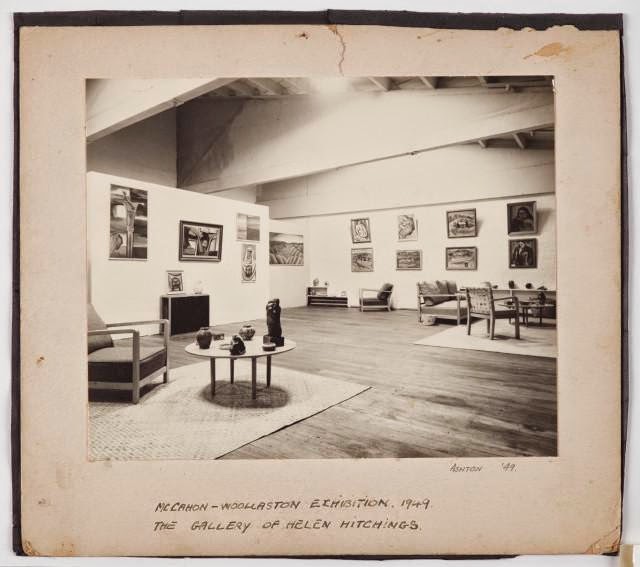The report features 41 case studies on digital projects in American art museums, from interpretation to collection management to social media. To be up front, I thought some were just cheaty - especially entries for projects, like the CRM being produced by two San Francisco museums, that are still in the design phase, all written in the future tense ("users will be able to ..."). It doesn't matter how good your requirements document is if you haven't shipped yet.
Then there are some gimmes, like the Cooper Hewitt's pen and underlying planning and infrastructure - frankly, Seb and his team are lightyears ahead of where I'm able to put my mind. If you want to try to wrap your head around what 'digital at the centre' might really look like, check out Seb and Aaron's Museums and the Web paper from this year.
And in the middle were a couple of projects that, Three Bears like, fit me just right at the moment. One of these is the Rhode Island School of Design's (RISD's) Channel app - using Soundcloud to host short snippets of commentary on works on display, which are then produced in a web app that can be used as an audio-guide in the gallery. RISD have made a point of trying to pair voices on each object, presenting an art historical take, and a perspective from a maker. This project interests me because we've been using Soundcloud to host The Dowse's podcasts and I've been toying with the idea of trialling an audio guide for a coming exhibition with a longer than usual run, using Soundcloud to host a playlist of short tracks.
Then there's the San Diego Museum of Art's work around a still life painting by Juan Sánchez Cotán, Quince, Cabbage, Melon, and Cucumber (c. 1602), which unfortunately I can't find any mention of online. The still life is one of the central works in the museum's collection, and they have built a 'please touch' experience around it designed for people with visual impairments that crosses over into other audiences as well. The objects in the painting are reproduced as a bas-relief sculpture that can be explored with your hands, and the touch triggers spoken commentary, music, and other kinds of interpretation. It's a lovely idea and when you look at the painting you can imagine it would be very successful.

